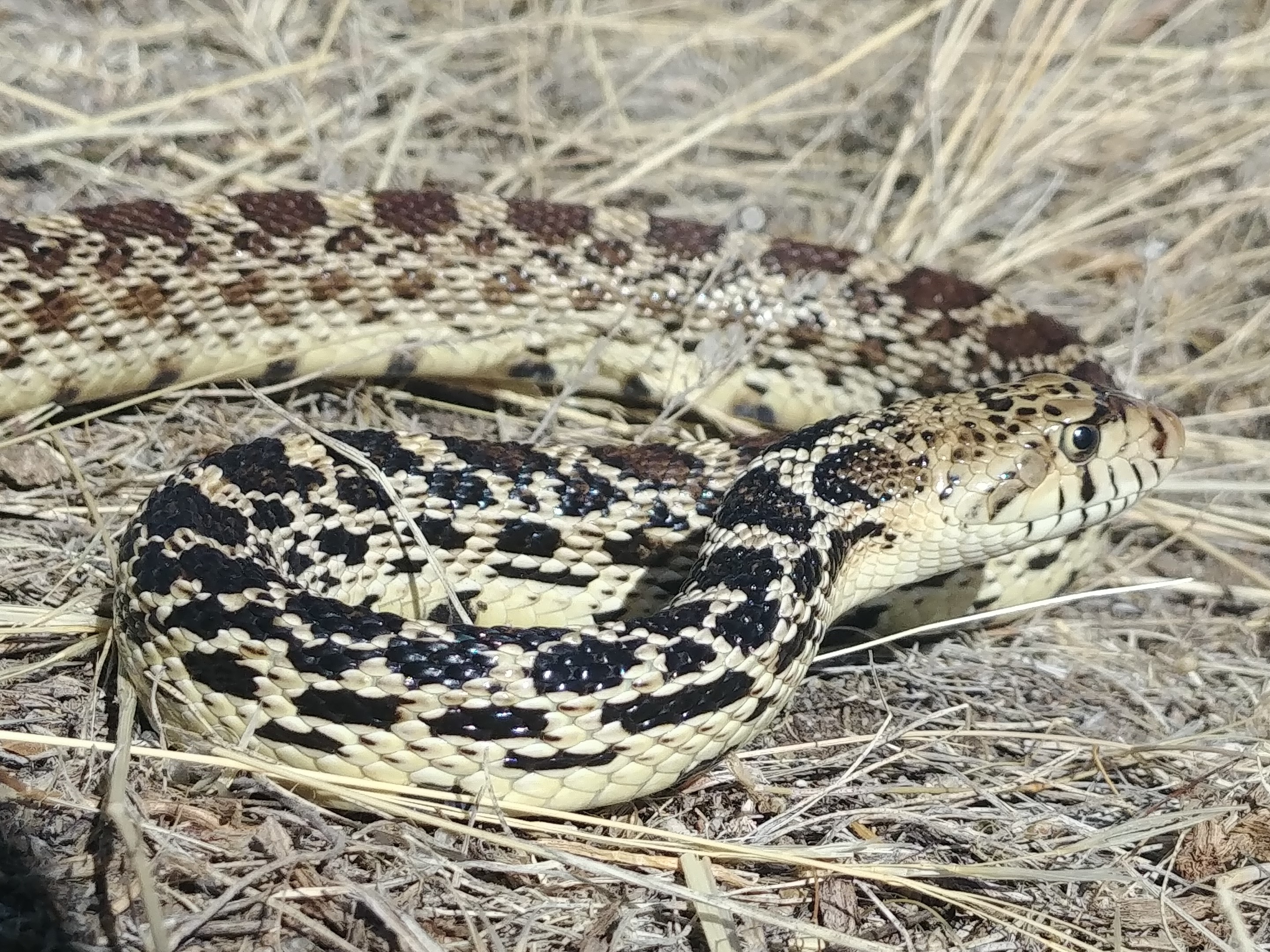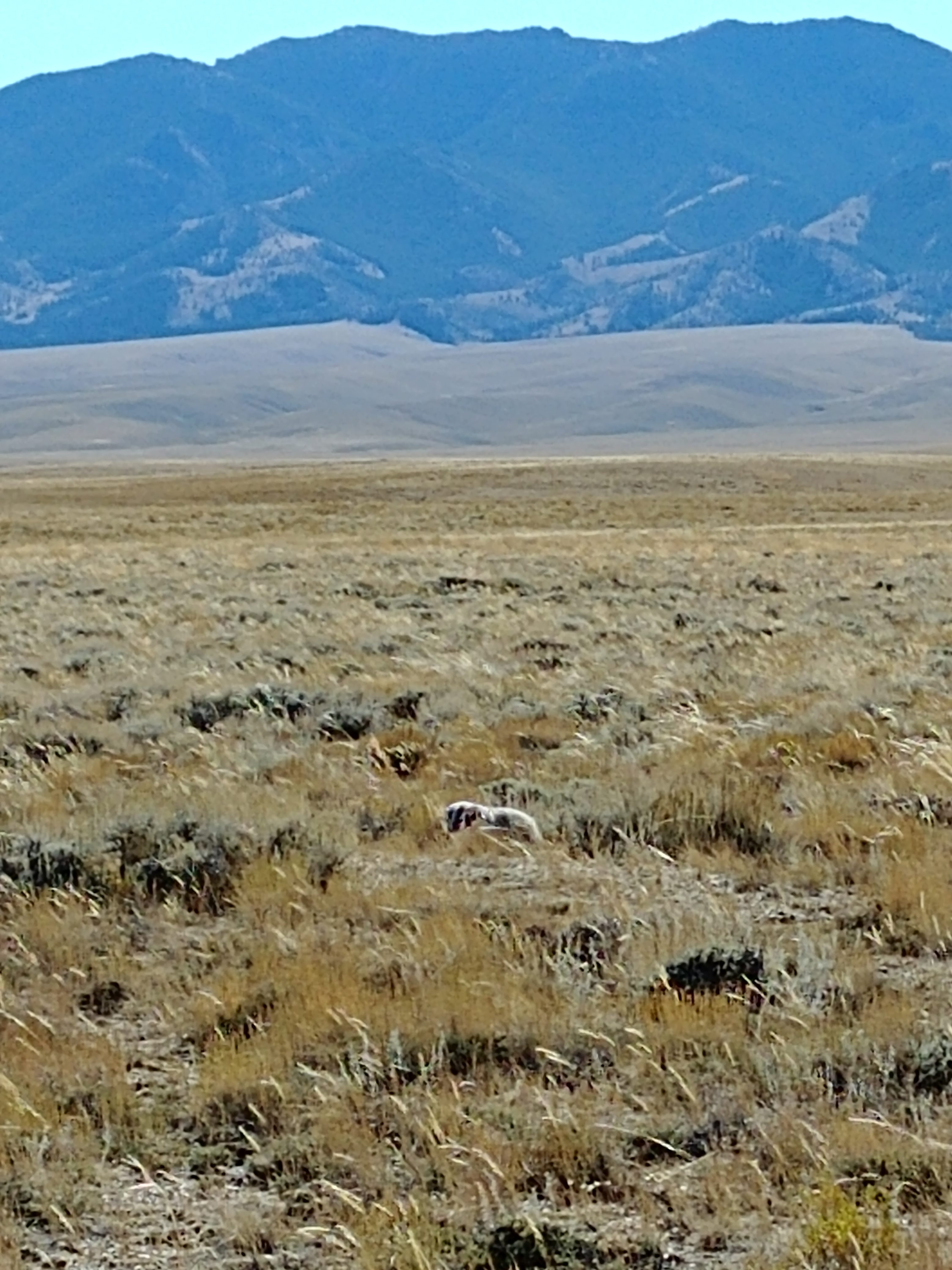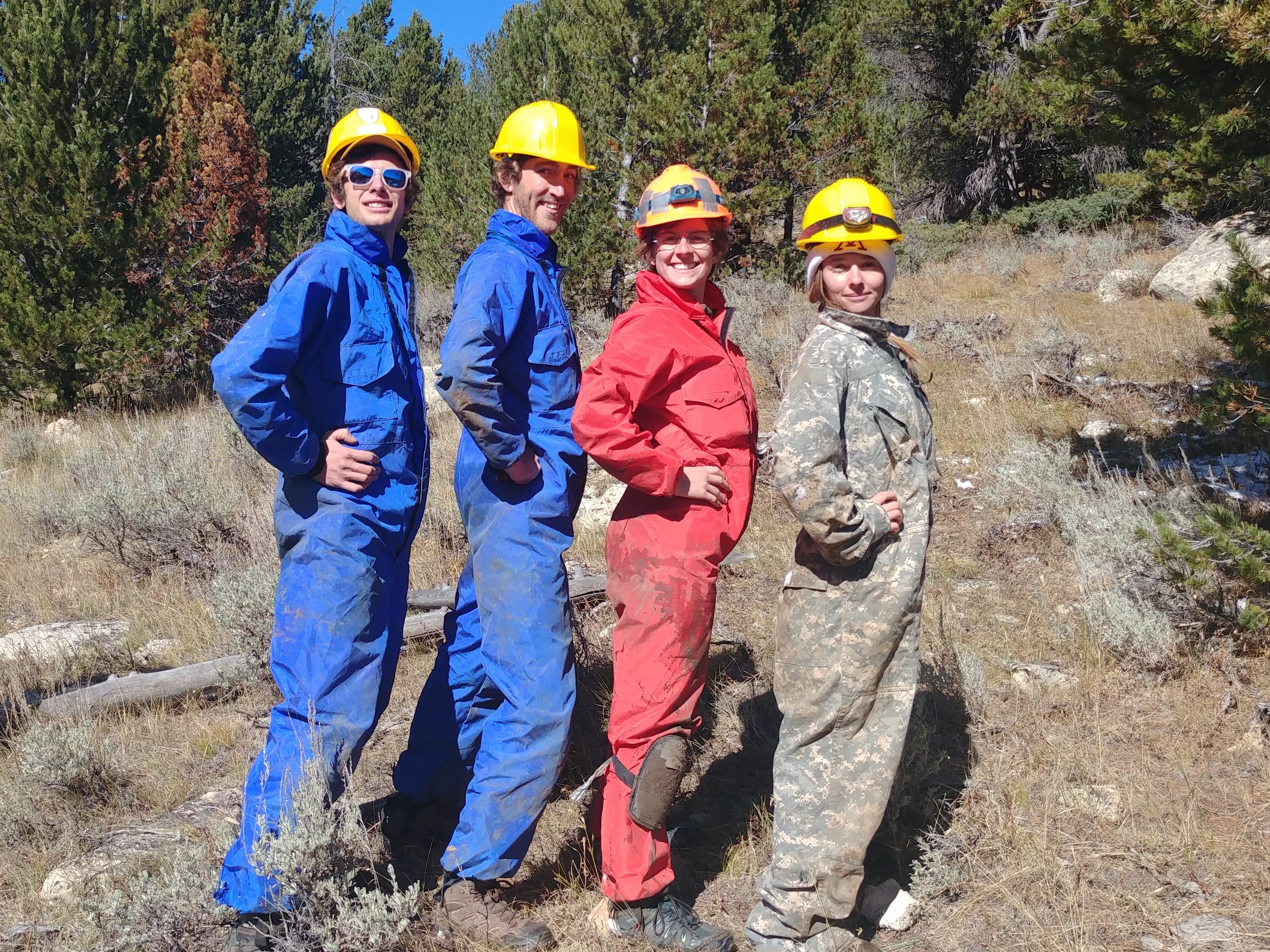
October started off with our last round of herptile trapping for the season. Normally we wouldn’t have trapped in October as conditions are usually unfavorable however, as we did not have the opportunity to trap in June due to a delay in funding we decided to take our chances. We only trapped for eight days instead of the usually ten due to poor forecasts in the weather and definitely saw a decrease in captures with the cold change in temperatures. We caught a handful of mammals but only two young garter snakes for herptiles. Two bullsnakes were caught basking on the roads but, as they were not near our trap sites, they did not count in our data.

The rest of the month was spent mainly on analyzing the data that was collected over the past three field seasons, starting when the project began. The main goal of the project was to determine species presence for the region with the secondary goal being to compare abundance and diversity between our grazed and ungrazed sites.

During the 2019 field season we had 4,255 traps nights capturing 51 individuals with a total of 6 recaptures. As for the overall study there were 13,982 traps nights with 169 herptile individuals captured and 20 total recaptures. The vast majority of the captures were wandering garter snakes (Thamnophis elegans vagrans) with 31% of the garter snakes being young of the year. Herptile species detected included wandering garter snakes, bullsnakes (Pituophis catenifer sayi), prairie rattlesnakes (Crotalus viridis), yellow-bellied racers (Coluber constrictor), greater short-horned lizards (Phrynosoma hernandesi), northern sagebrush lizards (Sceloporus graciosus), northern leopard frogs (Lithobates pipens), and the western tiger salamander (Ambystoma mavortium).

As for comparing our grazed and ungrazed sites, we saw a slightly higher diversity in our ungrazed sites than within the grazed sites. This is likely due to the higher quality of riparian health within the exclosures then within the grazed sites, where the riparian areas are usually degraded by the cattle use. We also saw a higher abundance of northern leopard frogs and prairie rattlesnakes within the exclosures. Interestingly we saw a higher abundance of bullsnakes in our grazed sites. It is unclear as to why bullsnake abundance is higher in grazed sites but it is possible the difference is due to the small sample size and does not show any significant trends.

Something interesting that we noticed while analyzing the data was that we had significantly less captures per trap night in 2018 than we did in 2017 or 2019. One factor we believe may have influenced this was precipitation. The winter of 2018, before they trapped that year, had approximately 50% below average precipitation for the season. This likely resulted in an increase is desiccation during hibernation for herptiles which in turn caused a spike in winter mortality rates that was then reflected in the decrease in captures for the 2018 field season. With only three years of data however it is important to note that this is mostly just speculation, we would need to continue trapping in the Ferris Mountain region to gather long term data that we could then use to determine significant trends.

The plan for this project in the following years is to leave the Ferris Mountain area and begin trapping in new locations. The Rawlins field office encompass over 3.5 million acres of public land and little herpetofauna work has been done within this area. Moving the trap sites to a new area will allow for the opportunity to learn more about Wyoming’s herpetofauna which in turn can help inform better management decisions within our field office. However if funding and resources are available, hopefully trapping can continue in the Ferris Mountain region so long term data can be collected. Additionally, it is suspected that if we create new trap sites at higher elevations on the Ferris Mountain range we may find new or different compositions of species. Hopefully the BLM will continue to get funding to develop projects that improve imperative wildlife management decisions across public lands.

Keri – BLM – RFO
